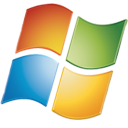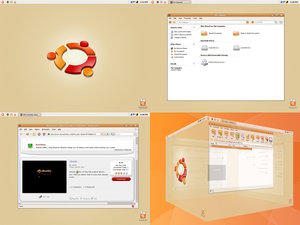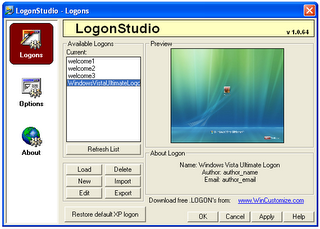More commands for Windows XP, Vista and Windows 7:
If you have known "cmd" and tried typing it on the run window, you might want to explore and use other commands for your computer.
Here is the list A-Z of diffrent Run commands. To access go to run (Win + R )
1.Click Start, and then click Run.
2.Type (one of those written below) and then click OK.
A
Accessibility Controls : access.cpl
Accessibility Wizard : accwiz
Add Hardware Wizard : hdwwiz.cpl
Add/Remove Programs : appwiz.cpl
Administrative Tools control : admintools
Adobe Acrobat (if installed) : acrobat
Adobe Designer (if installed) : acrodist
Adobe Distiller (if installed) : acrodist
Adobe ImageReady (if installed) : imageready
Adobe Photoshop (if installed) : photoshop
Automatic Updates : wuaucpl.cpl
B
Bluetooth Transfer Wizard : fsquirt
C
Calculator : calc
Certificate Manager : certmgr.msc
Character Map : charmap
Check Disk Utility : chkdsk
Clipboard Viewer : clipbrd
Command Prompt : cmd
Component Services : dcomcnfg
Computer Management : compmgmt.msc
Control Panel : control
If you have known "cmd" and tried typing it on the run window, you might want to explore and use other commands for your computer.
Here is the list A-Z of diffrent Run commands. To access go to run (Win + R )
1.Click Start, and then click Run.
2.Type (one of those written below) and then click OK.
A
Accessibility Controls : access.cpl
Accessibility Wizard : accwiz
Add Hardware Wizard : hdwwiz.cpl
Add/Remove Programs : appwiz.cpl
Administrative Tools control : admintools
Adobe Acrobat (if installed) : acrobat
Adobe Designer (if installed) : acrodist
Adobe Distiller (if installed) : acrodist
Adobe ImageReady (if installed) : imageready
Adobe Photoshop (if installed) : photoshop
Automatic Updates : wuaucpl.cpl
B
Bluetooth Transfer Wizard : fsquirt
C
Calculator : calc
Certificate Manager : certmgr.msc
Character Map : charmap
Check Disk Utility : chkdsk
Clipboard Viewer : clipbrd
Command Prompt : cmd
Component Services : dcomcnfg
Computer Management : compmgmt.msc
Control Panel : control



 Microsot has just released SP3 Build 5508 RC2 on March 25, 2008. Windows XP Service Pack 3 (SP3) includes all previously released updates for the operating system. This update also includes a small number of new functionalities, which do not significantly change customers’ experience with the operating system.
Microsot has just released SP3 Build 5508 RC2 on March 25, 2008. Windows XP Service Pack 3 (SP3) includes all previously released updates for the operating system. This update also includes a small number of new functionalities, which do not significantly change customers’ experience with the operating system.



 1)Physical Memory (RAM)
1)Physical Memory (RAM)

 Before you begin, gather your Windows and application CD-ROMs. Back up your data files (just to be safe), and then clear two days off your calendar. If everything goes smoothly, you can reinstall Windows in a few hours. But you have to assume something will go wrong: You may not be able to find a necessary CD, or data won't be where you thought it was, or something will simply refuse to work.
Before you begin, gather your Windows and application CD-ROMs. Back up your data files (just to be safe), and then clear two days off your calendar. If everything goes smoothly, you can reinstall Windows in a few hours. But you have to assume something will go wrong: You may not be able to find a necessary CD, or data won't be where you thought it was, or something will simply refuse to work.



 XP Start up problems
XP Start up problems
 this will open up a font editor, names Private Character Editor, this program allowing you to design your own custom fonts and characters to be used in Windows apps like Microsoft Word, Adobe PhotoShop, etc. This the Microsoft Word Font Character hidden secret program in Windows XP. Enjoy it.
this will open up a font editor, names Private Character Editor, this program allowing you to design your own custom fonts and characters to be used in Windows apps like Microsoft Word, Adobe PhotoShop, etc. This the Microsoft Word Font Character hidden secret program in Windows XP. Enjoy it.






 fter re-install or upgrade your XP, you can't access your old My Documents folder? Don't panic, easy..
fter re-install or upgrade your XP, you can't access your old My Documents folder? Don't panic, easy..



